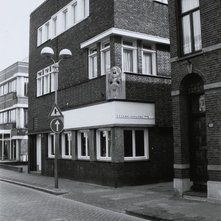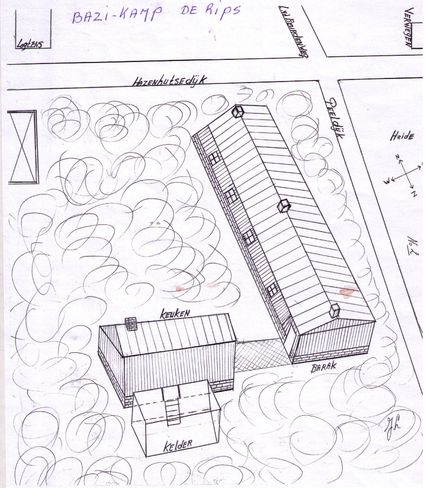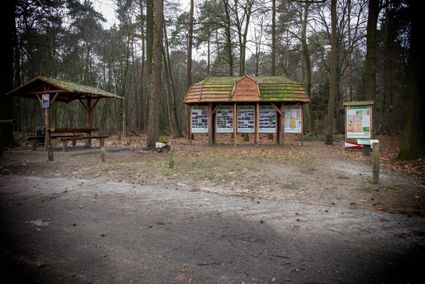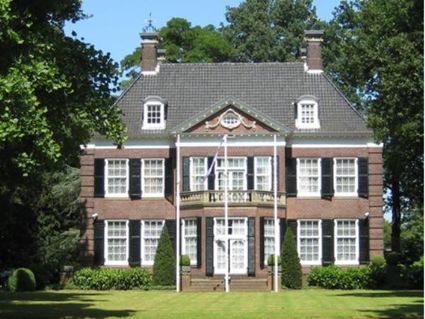Grenspaal Loeff Paal
The Loeff Paal is a boundary post that has had an important place in history for centuries. It is the old boundary post between De Rips and Oploo. The post (place) was inscribed in 1716 as a square earthen wall between the then areas the Land of Cuijk, Brabantia and Geldria. Undoubtedly this was a kind of 'entrenchment' as a lookout or defensive post between these 'lands'.
Contents
1 Treaty of Venlo 1716: the border between Brabant and Limburg
2 Napoleon and the land register
3 Partitioning of the 'Bakelse Peel' in 1864
4 The Loeff in the vernacular
When the Treaty of Venlo was established in 1716, …
The Loeff Paal is a boundary post that has had an important place in history for centuries. It is the old boundary post between De Rips and Oploo. The post (place) was inscribed in 1716 as a square earthen wall between the then areas the Land of Cuijk, Brabantia and Geldria. Undoubtedly this was a kind of 'entrenchment' as a lookout or defensive post between these 'lands'.
Contents
1 Treaty of Venlo 1716: the border between Brabant and Limburg
2 Napoleon and the land register
3 Partitioning of the 'Bakelse Peel' in 1864
4 The Loeff in the vernacular
When the Treaty of Venlo was established in 1716, the new (and still current) borders between Brabant and Limburg in the Peel region were established. The Loeff post played an important role in this. The new border post that was to mark the border between Brabant and Limburg had to be placed between the Loeff Paal and the Springelbeek Paal. See drawing. The new boundary post that was then placed bears the name Vredepaal.
Napoleon ordered the creation of the cadastre in 1810 to collect taxes. The Loeff Paal was then used as an important benchmark for triangulation. We still derive all cadastral data from this today.
In 1864 the heath and peat fields of the so-called Bakelse Peel were partitioned (nowadays this is approximately part of the territory of De Rips). In this division the then municipalities Aarle, Beek, Helmond and Bakel each received a large part of this area. Here again the Loeff Paal came in handy. The municipalities had to build a new 'straight dirt road' at joint expense. This had to run from the Klotterpeel to the Loeff Paal, which marked the border with the Land of Cuijk, Oploo. It is remarkable that this road, even after its paving in 1920, remained dead straight for almost 150 years. From the Loeff Paal the road curved in the direction of Oploo and ran winding then and now curving into the Land of Cuijk.
The Loeff Pole with information panel
In popular speech, the name De Loeff was used for the entire Venray heathland area of the Vredepeel which was also partly on the Brabant side where the Loeff Paal stood. After all, the 'Venrayers' claimed that their moorland went beyond the Loeff Paal and as far as the Gemertsen Paal (near the Bovenste Paal) On especially Gelderland maps the Loeff Paal is also called the "Grote Loeff" and the Vredepaal the "Kleine "Loeff. That name has taken on a life of its own. In fact, the community center in Vredepeel bears the name: De Kleine Loeff.
Edited cut-out Peel map 1716
Peel map made during the preparation of the Tractaat van Venlo of 1716. On the lower left the Loeff Paal is inscribed and described as a special place.











